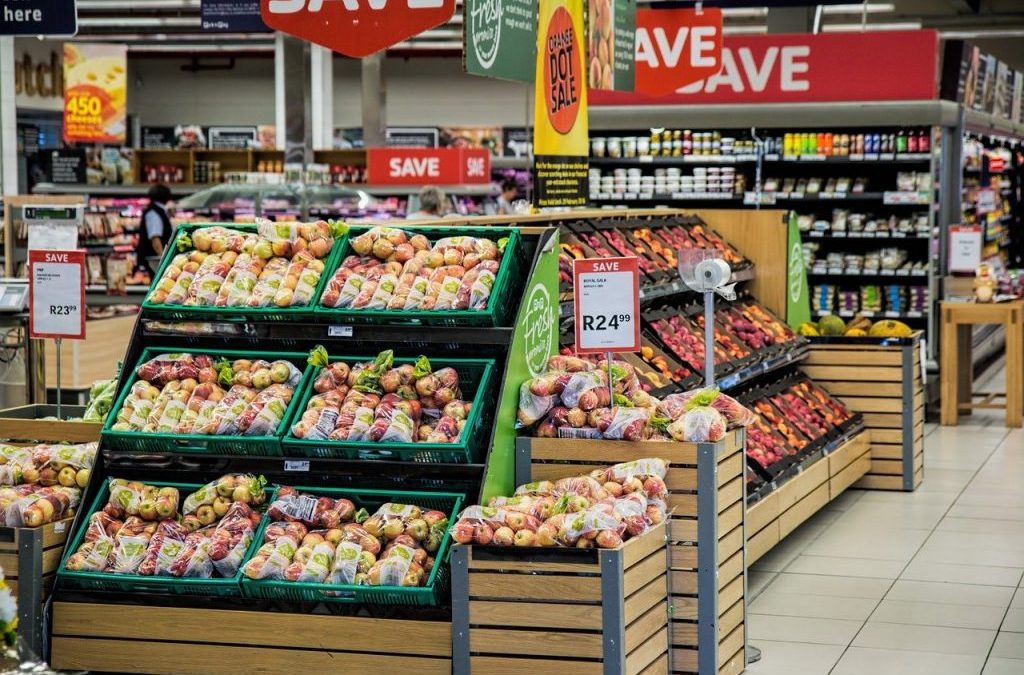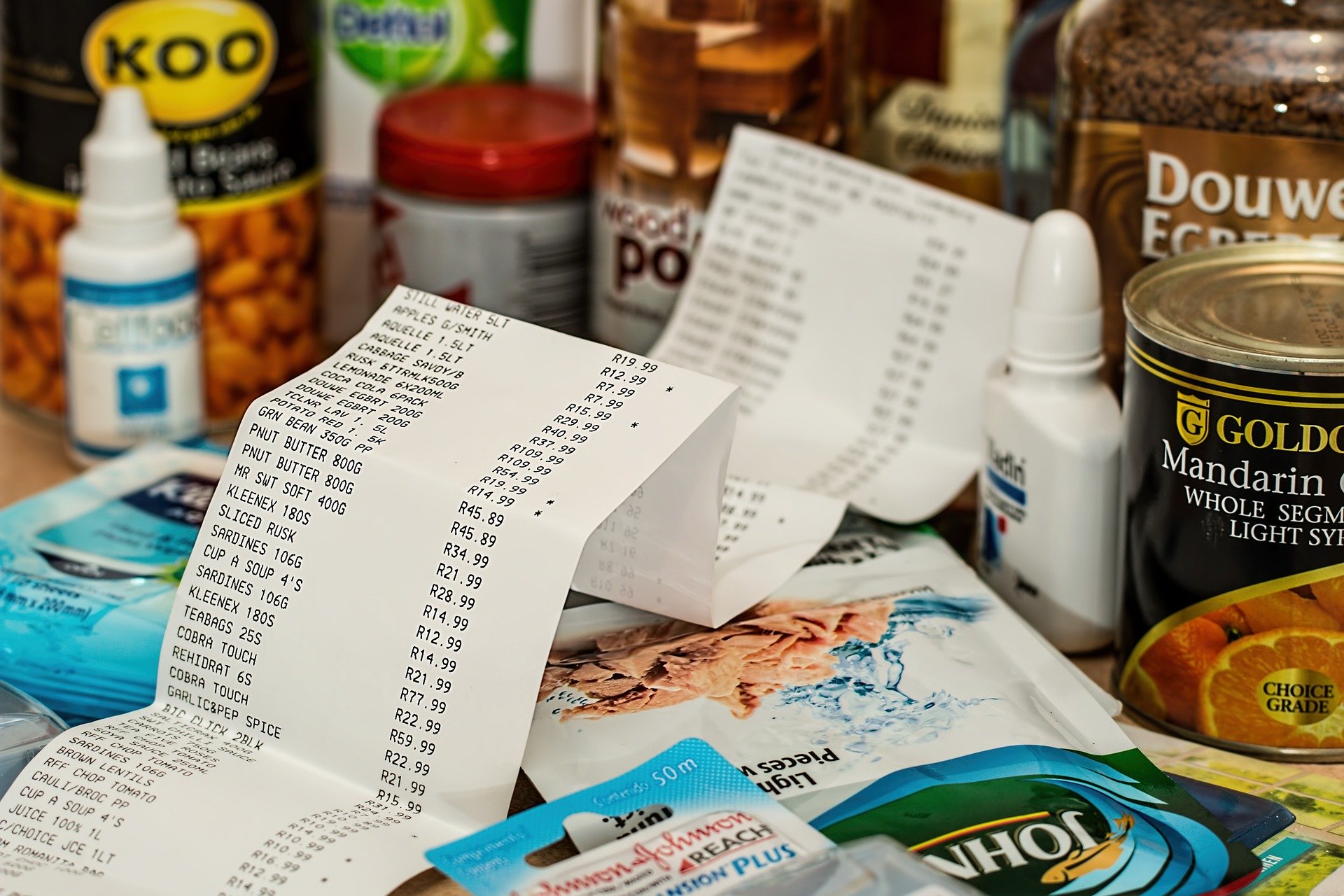In honor of National Pizza Month in October, I’m sharing tips for healthy eating on a budget. Pizza is one of my all-time favorite foods, so don’t worry, I’m not recommending you cut it out of your diet! While coupon clipping and watching ad prices can be effective money saving strategies, this article provides many other ways to accomplish healthy eating on a budget.
One other thing you should know about me as one of our Financial Wellness Experts on Living Healthy List. I am a foodie. My study about healthy eating has come through a 7 year-to-date fascination and love of Ayurveda, where self-care is paramount and delicious food is medicine.
All of the following tips and strategies are those I use in my own household. Approximately 9o% of the meat, dairy, fruits, and vegetables, fats, and grains we consume are organic. I share this so you can keep in mind that you can most certainly afford to eat healthily!
Tips for Healthy Eating on a Budget
The Key to Spending Less
As with so much in our lives, the key to success with spending less on healthy food is organization.
- Plan Ahead: Have a plan for the week written down for each night of the week, and then shop to that plan. This not only avoids food waste, but also impulse buys, and TIME.
- Keep an Ongoing List of Menu Ideas: I keep mine as a note on my phone. Think of it as a bank. When you need ideas to add to your weekly plan (see step 1) you have a whole host of favorites right at your fingertips to choose from. It saves you time. It makes the meal planning process easier (and less painful).
- Have a Spending Plan: This is also known as a budget, and does not have to be restrictive! Knowing how much you want to (or can) spend on groceries gives you the freedom to stay within your spending guidelines. Spend less on staples this week than you had planned for? You also have the unbridled permission to splurge on a treat, or stash the extra funds! Just don’t forget to include vitamins and supplements to your spending plan. These can take up quite a bit of the budget depending on your lifestyle regimen.
Efficiency Tips for Healthy Eating on a Budget
If you can, go to the grocery store (or have groceries delivered) just once per week. Be efficient in your purchasing as well. Can you buy what is on sale in bulk? For example, a 3-pack of your favorite staple (in our household that is chicken breast or ground beef). The extra 2 packages can go in the freezer and be used in the next 2 weeks of menus.
Another efficiency tip: plan your meals to use the same ingredients for multiple meals. This means less food to buy, but also means you save time in food prep. Did I mention that despite loving to eat, I am not a fan of being in the kitchen?!
Some examples for inspiration: Spanish Rice as a side dish on Taco Tuesday, can be doubled and fill in as the base for Southwest Chicken bowls on Thursday night. Brown rice served with dinner on Saturday night makes a delicious and completely different tasting stir-fry for Sunday brunch or lunch. This a great way to clean out your veggie drawer and leftovers, too!
A couple of other favorite multi-tasking staples: roast a chicken (meal #1), gather the leftover shredded meat for enchiladas later in the week (meal #2), use the bones to make broth (meal #3). Broth is super nourishing for the immune system as well as hydrating to drink alone, or in a soup. Quinoa also does double-duty well when served as both a breakfast cereal and then salad or side dish. Just mix up the mix-ins and you have two completely different dishes.
Sustainability
Having a system in place such as the key organization steps outlined above is sustainable. It’s repeatable in the long-term to support your healthy eating on a budget. A few other ideas for sustainability of this concept:
Make a couple of extra servings (easy to do), and pack those for lunch the next day. For many of us, that simply means rolling over to your fridge at lunchtime from your work-from-home space and heating up the pre-packed leftover lunch serving. If you otherwise would be buying lunch out, this alone could save $5-$10/day per person, hundreds per month, and thousands of dollars per year!
Grow your Own. Making or growing your own produce or products you would otherwise buy processed and packaged does take time and resources. It also has many benefits such as a lesser impact on the environment and greater control of what goes into your food (assuming you are not adding chemicals or additives to your garden veggies, homemade almond milk, or oat milk). Gardening is extremely rewarding and gratifying to harvest from farm to table. Having fresh herbs on hand feels like such a gourmet luxury to add to your dishes for mere pennies, too! With hydroponic options or container-gardens, growing your own lettuce, tomatoes or herbs is accessible to almost everyone.
Fast. Fasting is not only a current trend, but much research supports that giving our digestion a break for prolonged, sustainable amounts of time is very good for us. Another bonus of skipping a meal? It saves money and extra calories from the waistline.
Loyalty Programs
Back to coupon clipping and watching sales. If this is not for you, or you would like to save even more, consider loyalty programs. Two ideas here. The first is to join the rewards or loyalty program at the stores you commonly shop at. When doing this, you automatically get the best price at check out. Often times, these programs have even more discounts or incentives that you get notified on and can take advantage of as a loyalty member.
You may also want to consider a dedicated rewards credit card for your groceries. Carefully consider that this strategy is only for those who have a spending plan, and are sticking with their list each month! To avoid overspending and racking up credit card debt for essential living expenses, commit steadfastly to paying off this balance every month. However, when implemented wisely, you can save up to another 4% or more off of all of your grocery purchases.
To give you an idea of the savings possible here, let’s take an example. Say you spend an average of $150 per week on groceries, household items, vitamins, and supplements. Your rewards card pays you 4% cashback for purchases. Over the course of one year, you would have $312 accumulated in cashback. That’s over 2 WEEKS worth of grocery supplies 100% funded for doing nothing more than shifting the way you pay for groceries at checkout!
The last, but not least, tip?
Limit your eating out to just once a week, or less. Think weekly pizza carry out, or Take-Out Tuesday. Keep splurges on finer dining experiences reserved for celebrations such as birthdays, promotions, and anniversaries. They are more special that way, and much more wallet-friendly.
Having a good plan in place with your food using some of these tips not only ensures you’re more in control of ingredients and portion sizes, which is healthier but the impact to your wallet too.
Do you have additional healthy eating on a budget tips? Id’ love to hear them.

Michelle Boss is a Personal Finance Coach and Certified Financial Education Instructor. She is certified through the NFEC. As a Professional Money Coach, Michelle helps successful women get smart with money so they can grow their wealth and finally feel financially secure. With Michelle’s Group and One-to-one Coaching Sessions, she helps take the Fear out of Finances.


